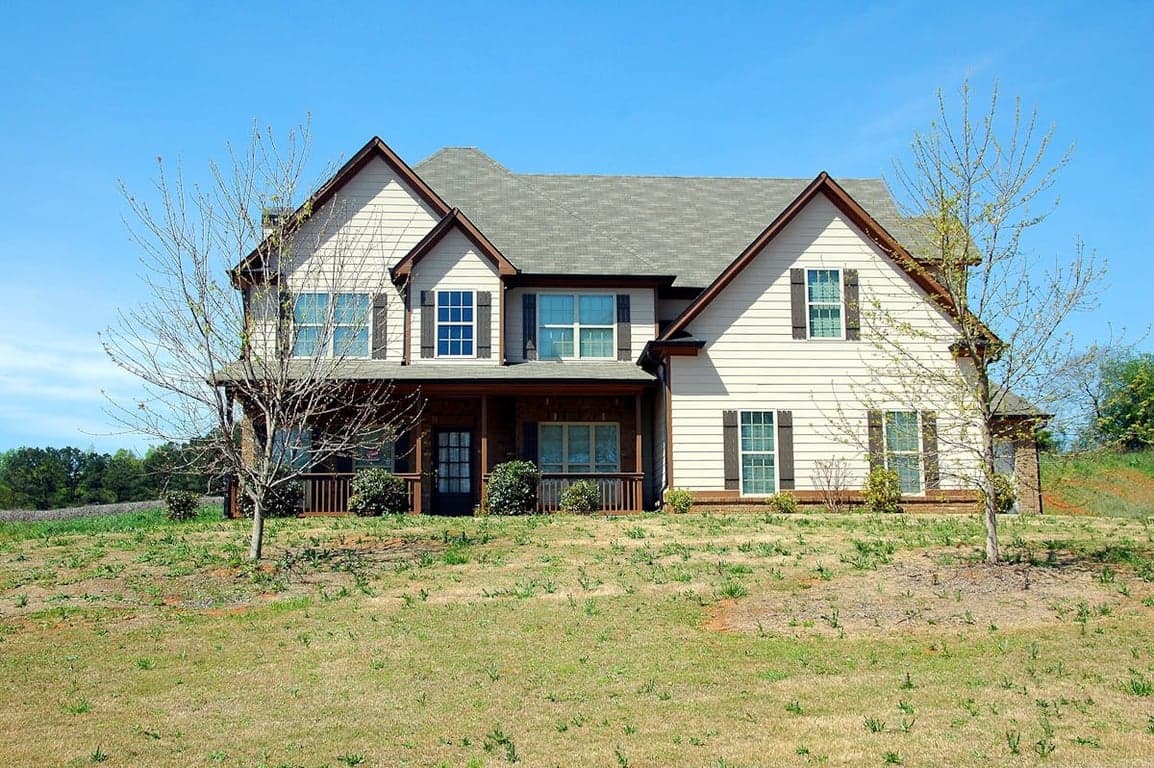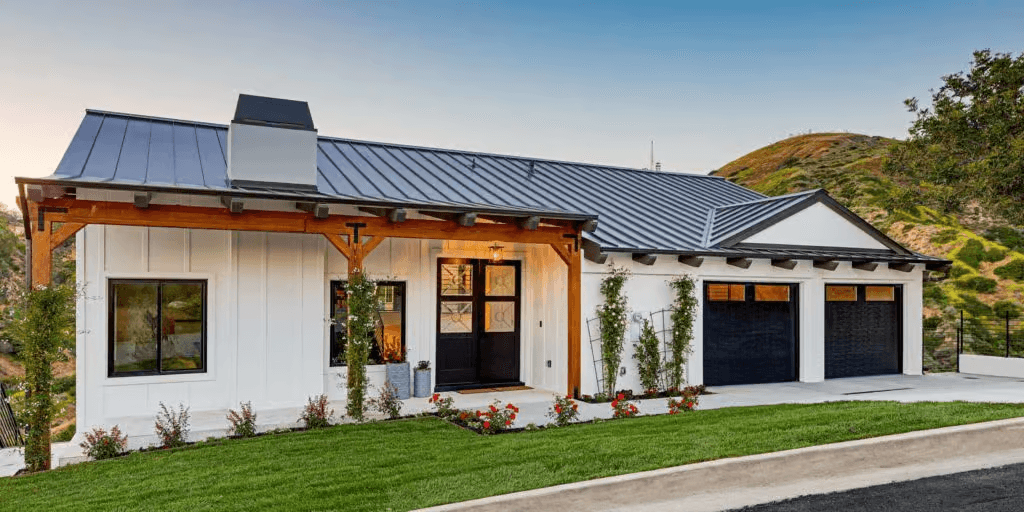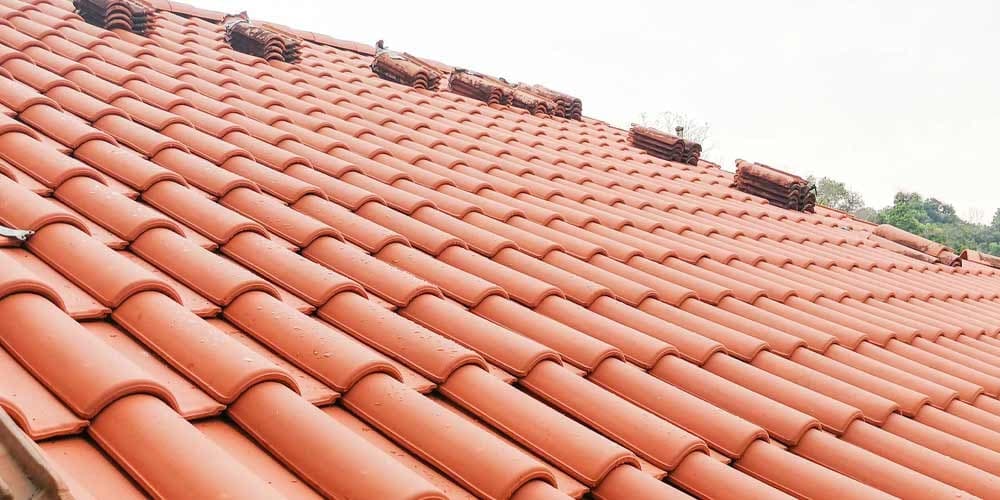Which Roof Material Lasts the Longest?
(A Straight-Talk Guide for Homeowners & Property Investors)
TL;DR
Natural slate and clay tile top the charts at 75–150 years.
Standing-seam metal delivers 40–70 years with minimal upkeep.
Architectural asphalt lasts 20–30 years—less, but at ⅓-to-½ the price of premium systems.
Quick-Look Longevity Table
Roofing Material | Typical Lifespan | Why It Lasts / Fails |
|---|---|---|
Natural slate | 75 – 150 yrs | Dense stone resists UV, fire, freeze-thaw; fails only if flashings corrode. |
Clay & concrete tile | 50 – 100 yrs | Kiln-fired or air-cured; impervious to rot and insects. |
Standing-seam metal (aluminum/steel) | 40 – 70 yrs | Panels interlock; factory finishes block rust. Fastener or coating failure is typical end-of-life. |
Synthetic slate/shake (polymer/composite) | 40 – 60 yrs | UV-stable polymers; impact-rated. Longevity hinges on manufacturer formula. |
Cedar shake (treated) | 25 – 40 yrs | Natural oils slow decay; must breathe and stay clean. |
Architectural asphalt | 20 – 30 yrs | Fiberglass core + asphalt coating; sun and thermal cycling age the binders. |
3-tab asphalt | 12 – 20 yrs | Thinner mats = quicker granule loss and blow-offs. |

People Also Ask — Answered
1. What roofing material has the longest lifespan?
Natural slate claims the crown. Premium Vermont or Pennsylvania slate, properly installed with copper or stainless fasteners, can outlive the building—100 years+ is common. Some European cathedrals still sport 300-year-old slate roofs.
2. What is the most durable roofing material?
Durability blends longevity with resistance to impact, fire, and wind. Standing-seam metal scores highest overall: 120-mph wind ratings, Class A fire rating, Class 4 hail impact, and zero organic content to rot.
3. What is the best permanent roof?
If “permanent” means install-it-and-forget-it, go with slate or clay tile. Both require reinforced rafters (they’re heavy) and skilled installers, but once set, upkeep is limited to flashings every few decades.
4. What type of roof leaks the least?
Leak stats track seam count. Standing-seam metal has long, crimped ribs every 16–18 inches and no exposed fasteners, reducing water entry points. Slate also performs well because each tile overlaps two courses below.
5. What is the best roof for home value?
Zillow and Remodeling Mag’s Cost-vs-Value Report show metal and architectural asphalt returning the highest resale ROI (60–85 %). Metal adds curb appeal; architectural asphalt offers a fresh, affordable look buyers recognize.
6. Which roof covering is most likely to last the longest?
Again—slate. Synthetic “slate-look” tiles try to match stone’s longevity, but real quarried slate remains unmatched in field data.
Factors That Shorten—or Extend—Lifespan
Climate & UV Index – Sunbelt asphalt ages 30 % faster than in the Northeast.
Ventilation – An attic that bakes at 140 °F cooks shingle binders from below.
Installation quality – 75 % of roof failures trace back to flashing or fastener errors, not the material itself.
Maintenance – Clearing gutters, trimming overhanging limbs, and annual inspections can add 5–10 years to any roof.
Cost vs. Longevity Sweet Spots
Budget but respectable: Architectural asphalt (20–30 yrs)
Mid-tier upgrade: Standing-seam metal (40–70 yrs)
Legacy investment: Natural slate or clay tile (75–150 yrs)
Need hard numbers? See our Roof Replacement Cost Guide for Pennsylvania homeowners.

Verdict
If you’re after century-class longevity and have the structural support + budget, natural slate can’t be beaten. For a balance of durability, curb appeal, and moderate cost, standing-seam metal wins. Architectural asphalt remains king for tight budgets and solid resale ROI.
Ready for a personalized estimate?
Paragon Exterior’s certified crews install asphalt, metal, slate, and synthetic composite systems across Bucks, Montgomery, and Philadelphia counties.
Book a free inspection →
Related Posts
Get Your Free Estimate Today
Paragon Exterior is revolutionizing the roofing and siding industry. We prioritize quality, trust, and complete transparency — and we’re proud to declare it: the outdated, frustrating aspects of this field are being discarded. At Paragon, we enhance everything that truly matters: communication, craftsmanship, and care. Our mission is straightforward — to be the ideal partner for homeowners before, during, and long after the project is finished. This is how roofing and siding should be: comfortable, honest, and stress-free.



